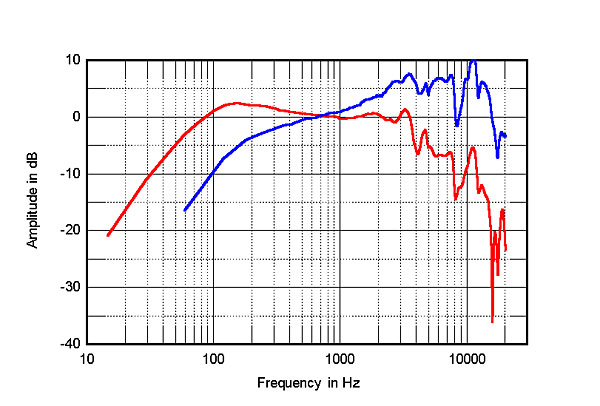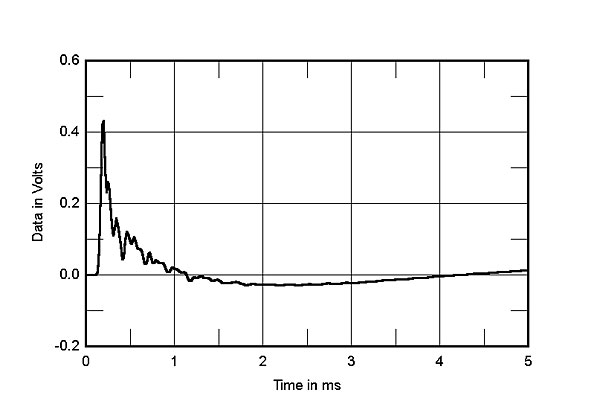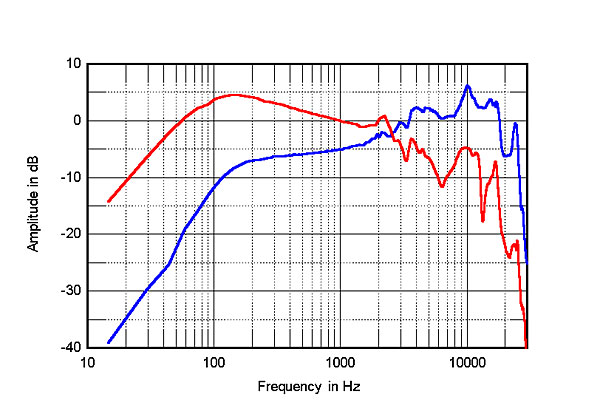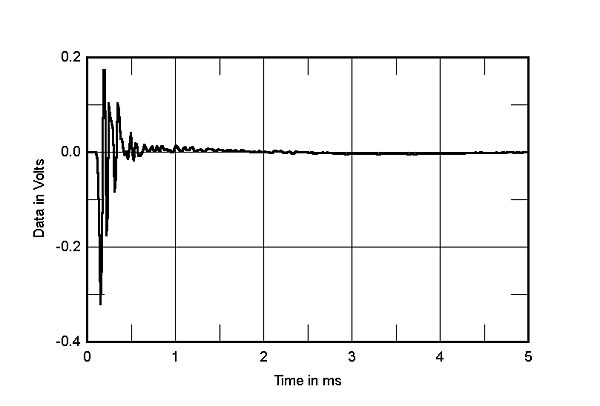| Columns Retired Columns & Blogs |
Hi John,
The bottom line in my opinion is that your “modest” rig gives you a lot of satisfaction. There is no shame in that. In fact, that's the personal holy grail for folks. I don’t know where or why some folks got it into their heads that the more expensive the rig, the better it is automatically. If it sounds great to you and gives you satisfaction, then you can put a period on it. That’s what matters most is if your satisfied with your system and it engages you with the music. Modest systems can do that just as well as high-end systems, it’s all about synergy.
I’m not a big headphone listener, I only use them if I have to and never during warm weather. I’ve never really cared for headphones, but I now have 3 pair. My first is a pair of Sennheiser HD518 which I still have and use. I thought they were a bit rolled off in the highs, which they are at around 10khz, they drop like a cliff, but they are my most comfortable pair and still sound pretty good. I also have a pair of AKG K7xx and a pair of Takstar Pro 80s. Each have their own signature. I like the AKGs the least by sound comparison although they are slightly comfier than my Takstars.
I also fairly recently learned that the amp makes a big difference as well. Some headphones don’t get on as good with some amps as others. It sounds like you have a good synergy with your headphones and amp combo you are using. I had to purchase a headphone amp for my main system because none of my headphones get along with my Denon amp.






























































